First details emerge for Firefly’s launch model
The ‘Firefly’ compact five-seater, named after its developing company, is 4,003 mm long, 1,781 mm wide and 1,557 mm high and has a wheelbase of 2,615 mm. It weighs 1,492 kilograms and is capable of speeds of up to 150 kph. The engine delivers up to 105 kW and the LFP battery, the capacity of which is not yet known, comes from Sunwoda.
In China, it is mandatory for new vehicles to be published with standardised data in an official catalogue so that consumers can compare the new model with other vehicles. In the case of the Firefly, the data set was published on 10 January and consumers can now provide feedback for a week. Inclusion in the catalogue is the last major hurdle before a model is approved for sale in China.
Nio unveiled the Firefly brand and the eponymous debut model at ‘Nio Day 2024′ in December. Since then, the design of the vehicle, which is sometimes referred to as the Firefly EV to distinguish it from the brand (although the brand and model are officially called exactly the same), Nio had not provided any technical data on the drive system of the new compact electric vehicle.
The licence application now at least reveals that the electric motor has an output of 105 kW and is manufactured by Nio itself (or its subsidiary XPT). This should enable a top speed of 150 km/h. The kerb weight is stated as 1,492 kilograms.
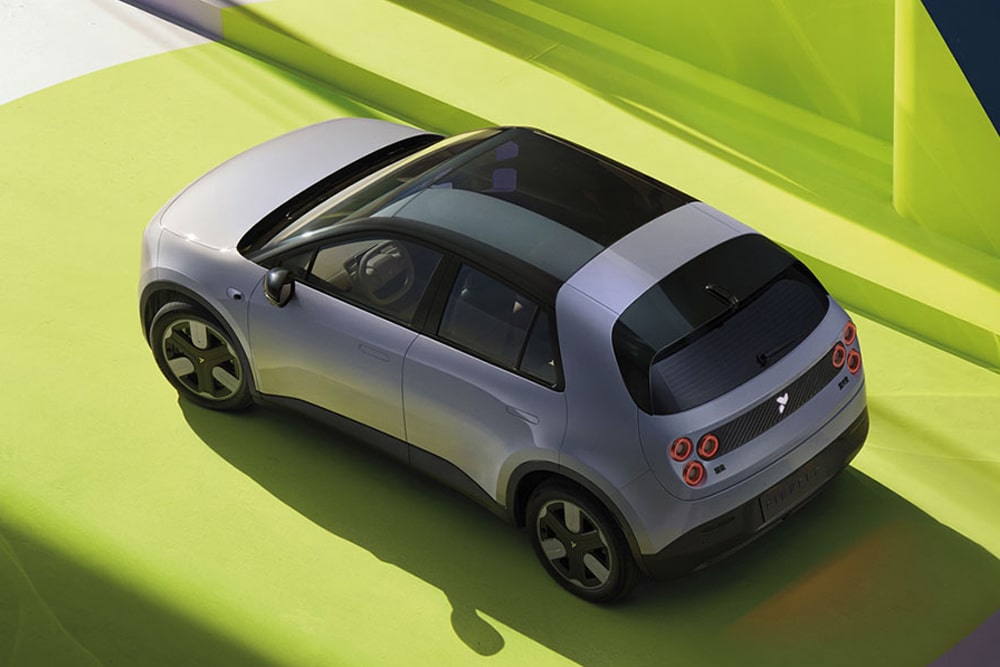
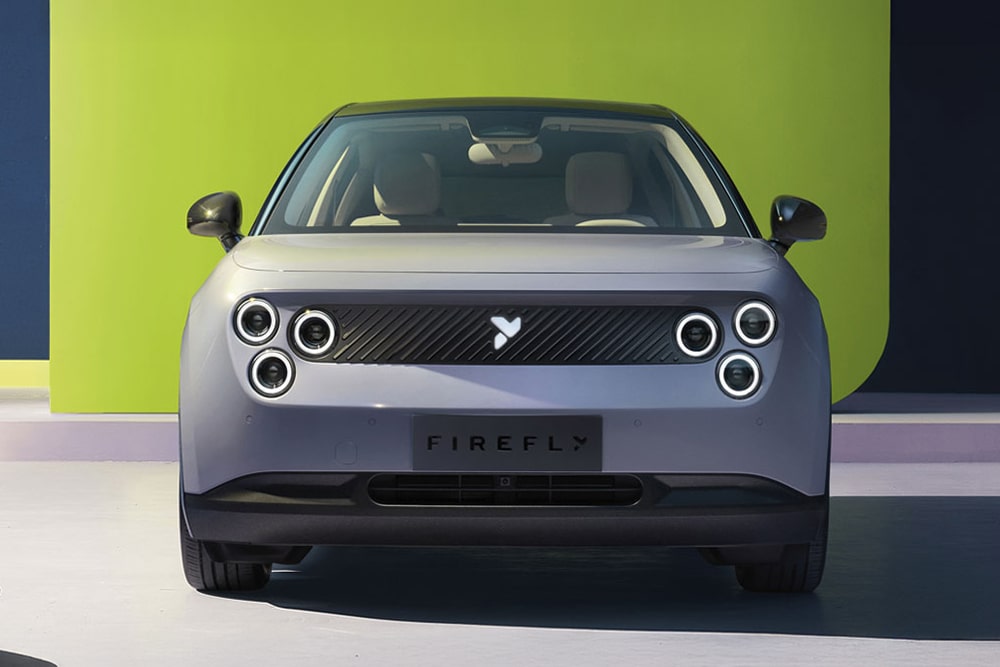
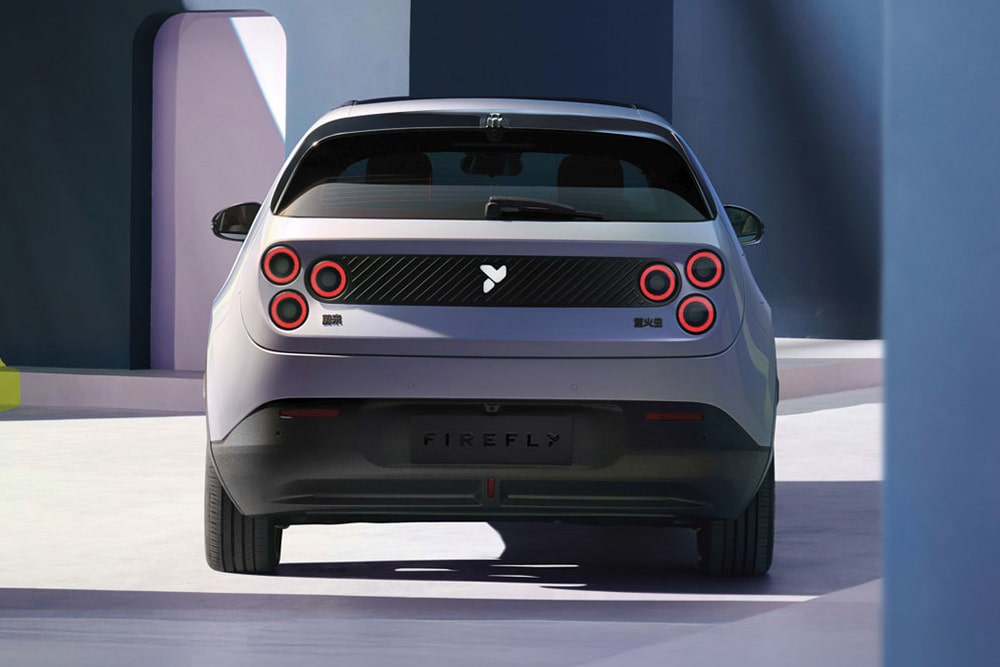
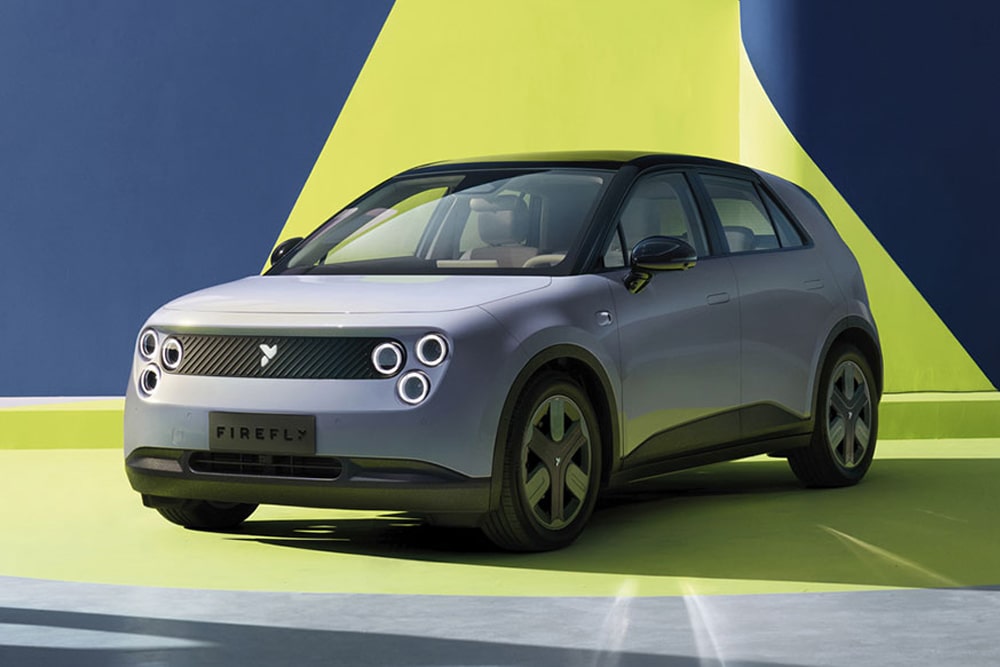
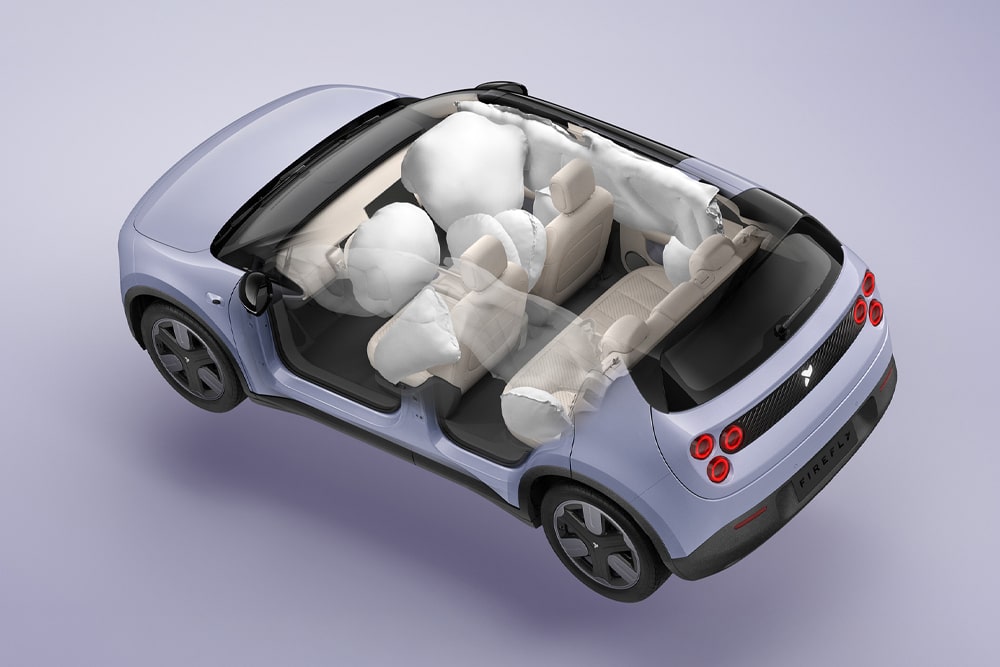
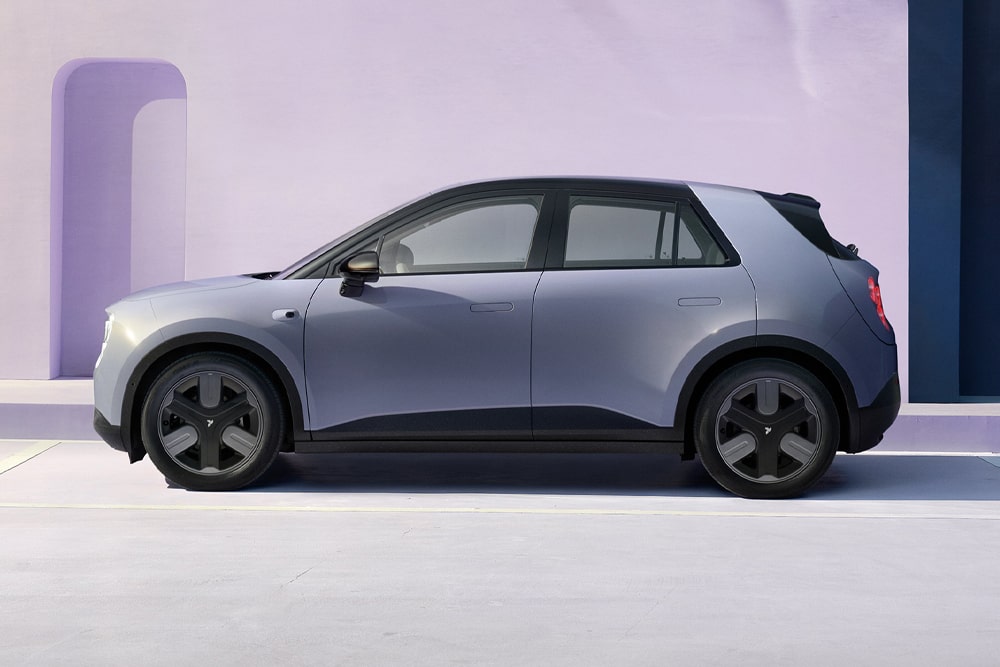


As has become apparent due to its design as a low-cost electric car, the Firefly EV will have a battery with LFP cells. Although its energy content is still not known, the supplier of the battery is: Sunwoda. This manufacturer also supplies the battery for the Dacia Spring, for example, but is one of the smaller battery companies in China. It is also interesting to note that Sundwoda has not previously been one of Nio’s suppliers – so Nio has brought a new partner on board for Firefly. The batteries for the vehicles from Nio and the mid-range brand Onvo, which both use the same battery swap system, come from CATL, BYD or CALB, depending on the type of battery.
Battery swapping is a good keyword, as the Firefly EV is also designed to support quick battery replacement. As the CN EV Post writes, the model is listed in the catalogue under the identifier NAL7000BSEVY1, where BSEV stands for ‘battery swap electric vehicle’. However, as Firefly uses physically different battery sizes than Onvo and Nio with the incomparably smaller cars, Firefly will need its own swap system and its own swap stations. However, details on this are still not known.
Update 18 February 2025
Further data on the Firefly EV’s battery has now emerged from another official document. The licence application in January had already revealed that battery manufacturer Sunwoda was supplying the high-voltage storage system for the Firefly EV – but nothing more.
It is now clear that the LFP battery has an energy content of 42.1 kWh – although it is not specified whether this is a gross or net value. However, the range in the Chinese standard test CLTC is said to be 420 kilometres.This results in a consumption of quite exactly 10 kWh/100 kilometres. This sounds like low consumption at first, but the CLTC delivers significantly lower values than the WLTP test cycle used in Europe. For comparison: according to the CN EV Post, even the much larger Tesla Model Y Juniper achieves a CLTC consumption of 10.5 kWh/100km in the basic version – this car is around 80 centimetres longer than the Firefly EV.
The total weight of the small electric car is 1,492 kilograms, of which 314 kilograms are said to be the battery. According to the report, the energy density of the battery pack is 134 Wh/kg.

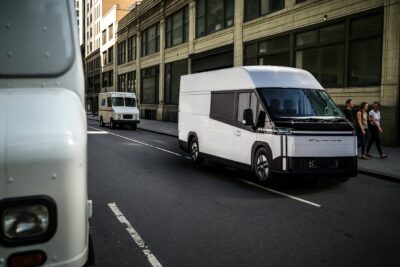

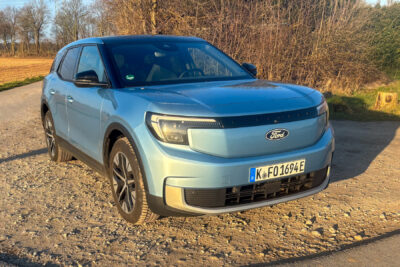
0 Comments